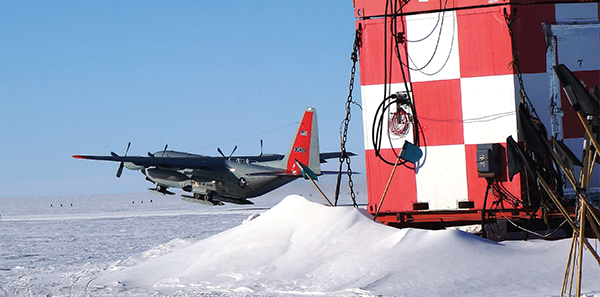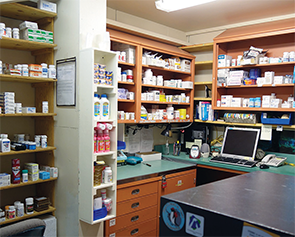
If diversity is the spice of life—and EM practice—then medical practice here at McMurdo Station is pretty zesty. The last flights for the summer staff have left, dropping our population from a high of about 1,200 to, at most, 200 (plus 11 to 17 Kiwis at nearby Scott Base). The medical staff has also pared down from summer’s eight clinicians to only myself and a physician assistant. While there may be some dull moments, there are enough high points to enliven things or at least to provide a memorable experience.
Explore This Issue
ACEP Now: Vol 35 – No 05 – May 2016Settling In
Our hospital, a Navy-built facility dating back roughly 50 years, is filled with nooks and crannies, cupboards, and cabinets stocked with all sorts of modern and antiquated medical equipment. I must be able to quickly locate what we need in any situation. I also began to learn the intricacies of our crash carts (we have two), monitor-defibrillators (several), ventilators (several), lab equipment and POC tests, and ultrasound machines (two—one brand-new).
However, my initial task was to get a grasp of the complex paperwork that accompanies any patient interaction: completing the online log, typing the chart and sending it to two different locations, and completing work-injury reports when necessary. More paperwork and computer manipulations accompany radiologic procedures (we’re also rad techs), dental procedures (I’m now the dentist), lab procedures (we’re the medical technologists), and filling prescriptions (we’re the pharmacists, with a large formulary). Finally, if we need to send someone off The Ice for medical reasons, there’s another set of paperwork and a long protocol of many phone calls. All that brings me to my first patient.
First Emergency
Arriving early at the clinic on my third day on The Ice, I was met by a young man being helped into the facility. Slightly bent over, he was obviously having abdominal pain. A quick exam showed that he had all the classic symptoms of appendicitis. We had already begun the recommended heavy-duty antibiotics and provided some analgesia when our flight surgeon, Steve Guyton, who would be going home shortly to his civilian EM position, arrived. While I called our medical chief in Galveston, Texas, Steve called the flight line and arranged for the LC-130, which was scheduled to leave The Ice in one hour, to wait for our patient’s arrival. In what may be record time, 90 minutes after arriving at our small hospital, the patient was on his way to Christchurch, New Zealand, where he had a successful appendectomy.
The “McMurdo Crud”

The pharmacy at McMurdo Station.
Pages: 1 2 3 | Single Page





One Response to “Fun, Friends, Flexible Hours Part of Providing Medical Care in Antarctica”
November 27, 2019
Lori PartonMy name is Lori Parton. I am ardms registered in ultrasound in abdomen, OB, high risk OB, cardiac, vascular, and I am a registered Radiology technologist. I have 25 + years experience and have my own ultrasound machine … Seimens Antares XP. How do I serve a term in Antarctica?